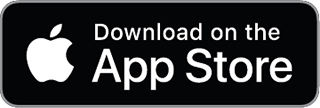Burleigh Heads surf forecast guide
Burleigh Heads is a popular surf spot located on the Gold Coast, Australia. It features stunning scenery, including the nearby Pandanus Trees National Park. This spot is known for its boulders and sand shoreline, which adds a unique element to the surf experience. While it’s not as crowded as some other nearby spots, it does have a more localized vibe, meaning you’ll likely run into a few friendly locals when you paddle out.
The waves at Burleigh are something to check out, especially when the swell comes from the Southeast. It can handle swell sizes around 3 feet (about 1 meter) and offers nice right-hand point breaks. The breaks happen over boulders and sand, and you’ll find that the best conditions usually come with a SouthWest wind. It’s ideal to hit the waves during low to mid or high tide, but it’s worth noting that this spot is better suited for expert surfers. Some days, the wave action can definitely pump out some engaging barrels, especially when other areas are closing out.
Despite varying conditions, Burleigh often attracts surfers looking to get into some solid rides. It’s common to see paddlers coming up from the Tallebudgera rivermouth when the point is firing, as the rips can sometimes play tricks on you. Just keep in mind that the sand necessary for good wave formation isn’t always guaranteed, so the setup can change from session to session. It might take some time to find your groove here, but that's all part of the fun!

